Common Faults of Brushed DC Motors
1.Poor Brush‑Commutator Contact
Manifested by increased sparking, higher noise, and speed fluctuations. Sparking often leads to metal transfer, forming streaks or, in severe cases, threading on the commutator surface.
Causes include insufficient spring pressure, excessive brush wear, and contamination of the commutator surface.
2.Brush Wear and Material Failure
Over time, brushes shorten and develop surface cracks or debris. When the remaining length falls below one‑third of the original length, the brushed DC motor’s current‑carrying capability drops significantly, requiring replacement.
3.Commutator Surface Damage
Streaking: Metal transferred to the brush surface, common under light load or low spring pressure.
Threading: Streaks evolve into fine longitudinal grooves as the metal hardens.
Grooving: Overly hard brush material or poor electrical contact causes arcing, creating grooves. These conditions accelerate electrical wear and reduce motor lifespan.
Mechanical Component Failures
Unbalanced or misaligned shafts generate additional radial forces, leading to premature bearing wear or abnormal vibration.
Bearing failure is a frequent source of increased noise and temperature rise, often linked to shaft looseness or misalignment.
4.High‑Resistance Connections
Although more typical in brushless motors, high‑resistance connections at the power terminals or wiring boxes also affect brushed motors, causing voltage drops, power loss, and reduced torque output.
How to assess the wear condition of a carbon brush?
1.Measure Remaining Length
Using the motor’s technical manual as a reference, measure the actual brush length with a caliper. If the remaining length is less than one‑third of the original length (or a stricter limit specified for the model), the brush should be replaced.
2.Inspect Contact Surface Condition
Normal: Smooth, uniform brush face without noticeable pits or cracks.
Abnormal: Uneven wear, deep grooves, cracks, or signs of overheating such as blackening or scorching, indicating critical wear.
3.Correlate with Operating Symptoms
Increased sparking, higher noise, unstable speed, or abnormal temperature rise often point to poor brush contact and should prompt a brush inspection.
4.Check Spring Pressure
Compare the compression of the spring when a new brush is installed versus the worn brush. A noticeably reduced spring travel indicates that brush wear is affecting effective spring pressure, necessitating replacement.
Maintenance and Fault‑Prevention Recommendations
Regularly inspect brush length and contact surface, especially under high‑load or frequent start‑stop conditions.
Keep the commutator clean to prevent dust, oil, or other contaminants from entering the brush‑commutator interface.
Set appropriate spring pressure to avoid streaking from low pressure or premature brush wear from excessive pressure.
Monitor bearing temperature and vibration to detect shaft imbalance or looseness early, preventing cascading failures.
Use correctly rated cables and terminal connectors to ensure low connection resistance and avoid high‑resistance faults that degrade motor performance.


 English
English عربى
عربى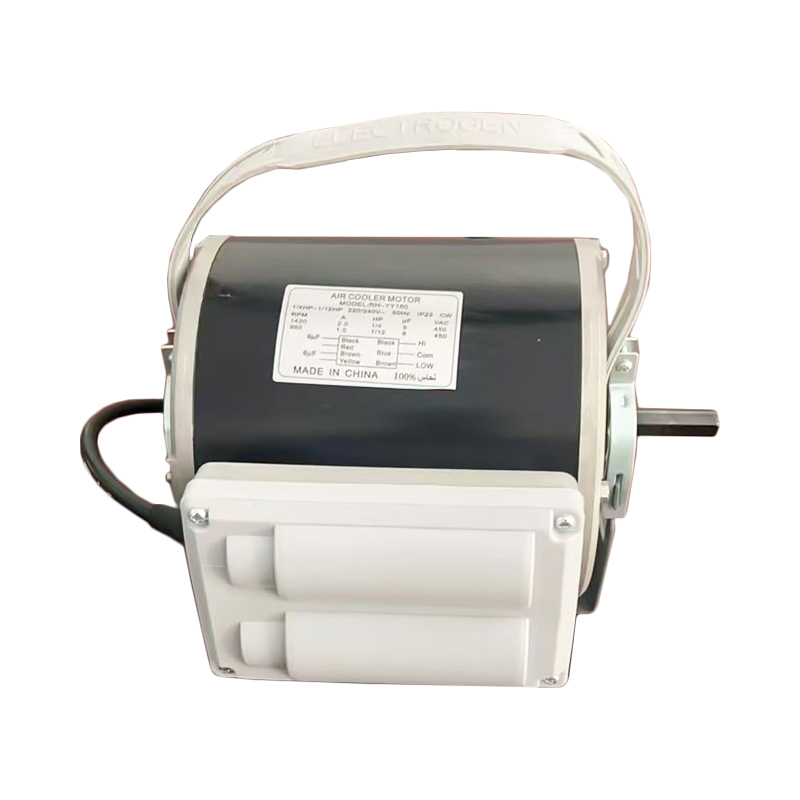
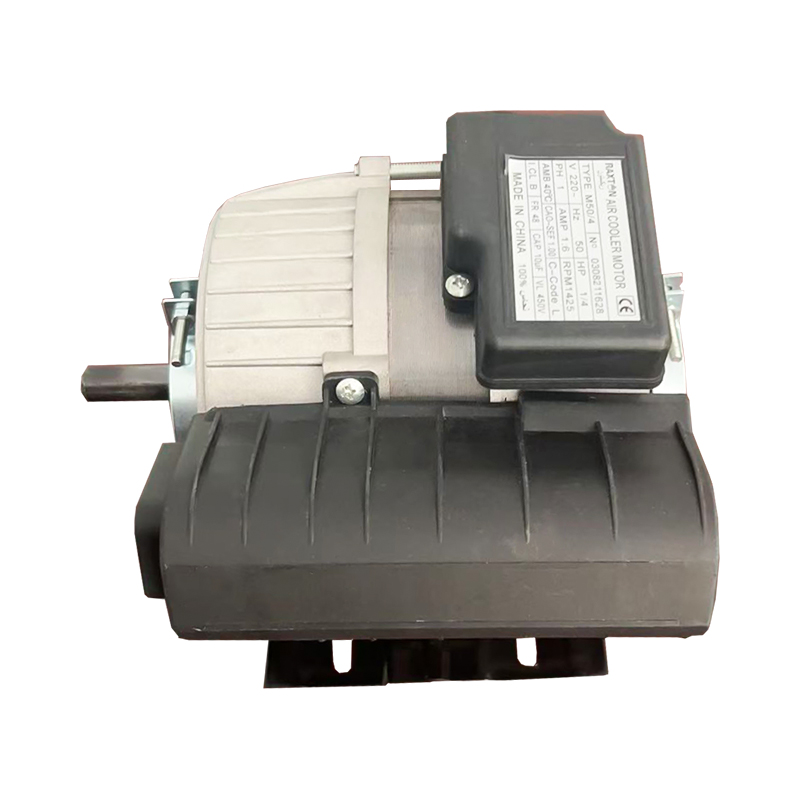
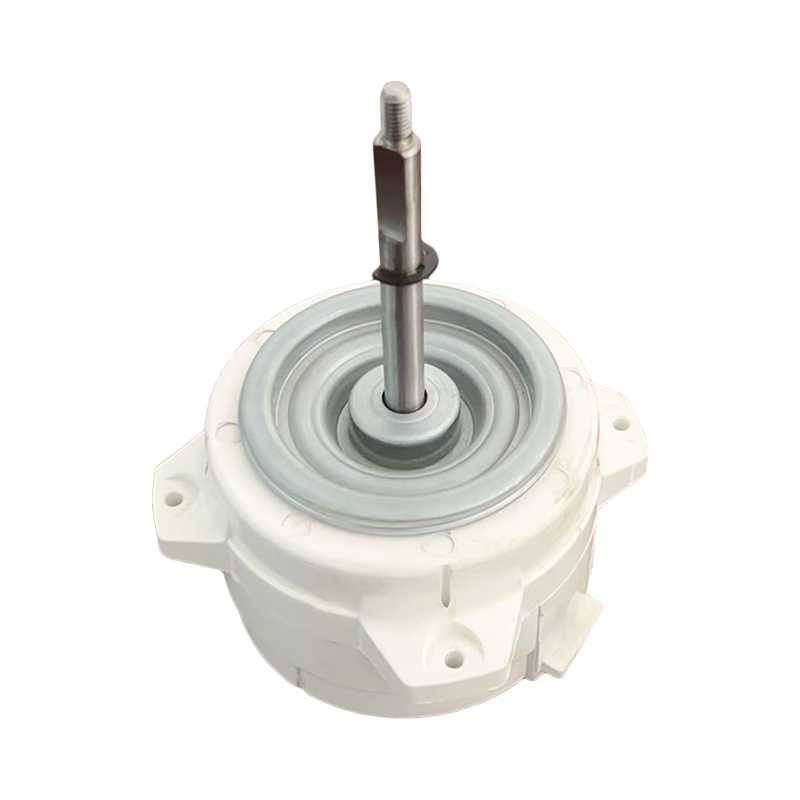
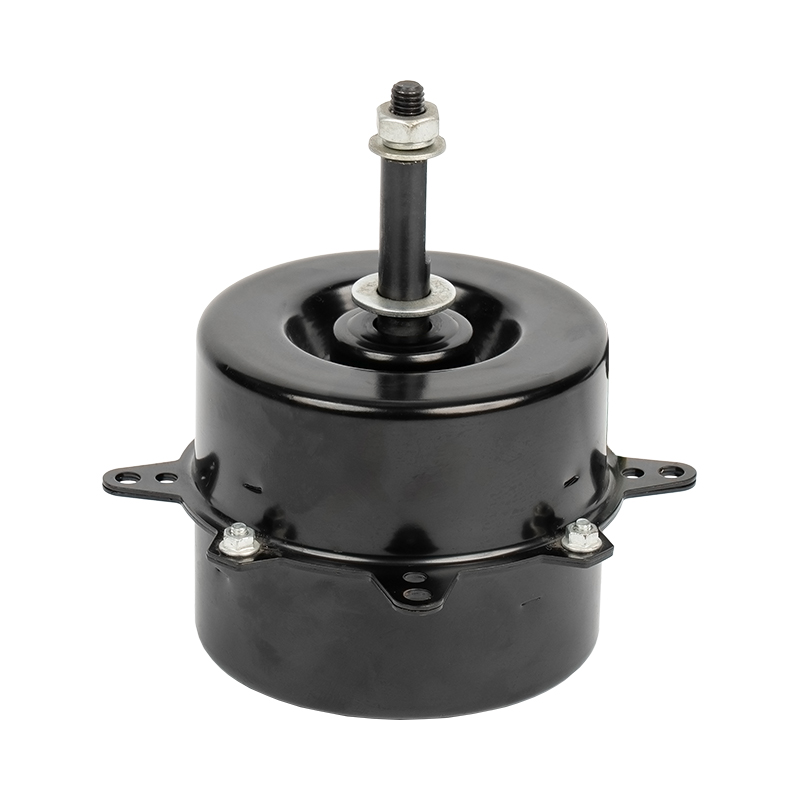
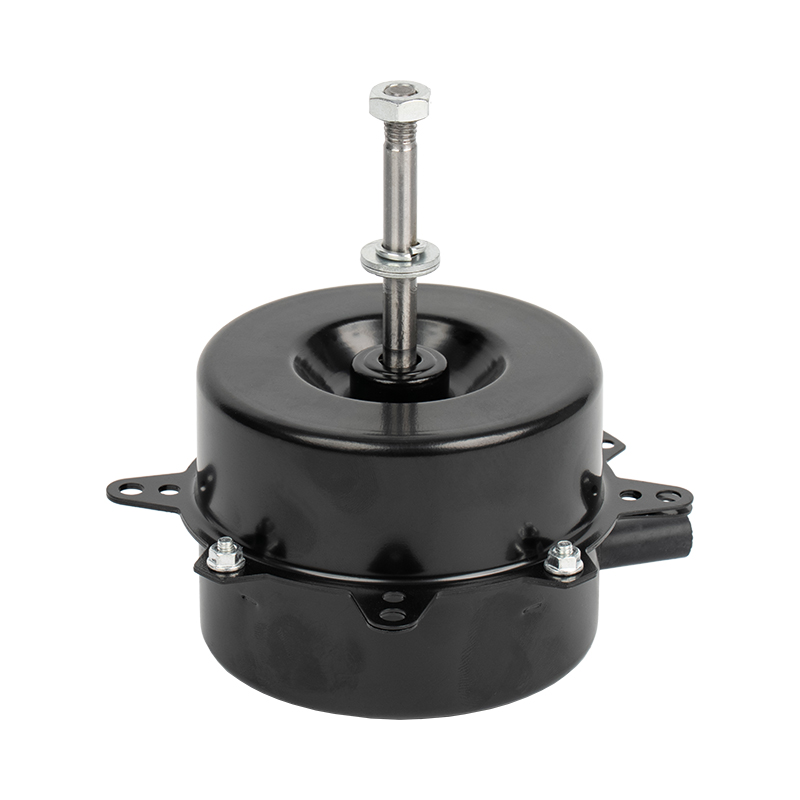
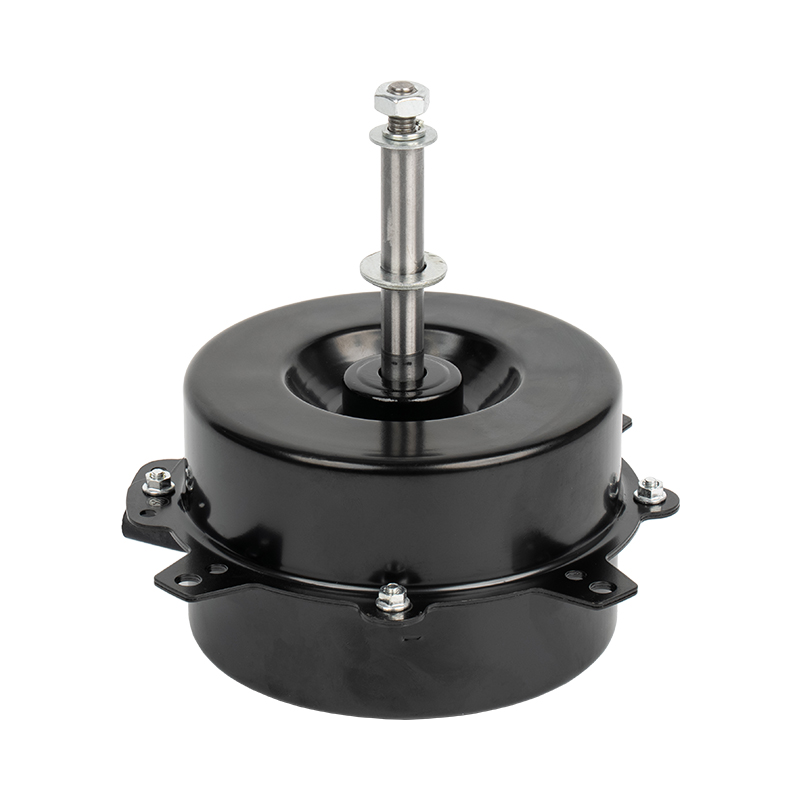
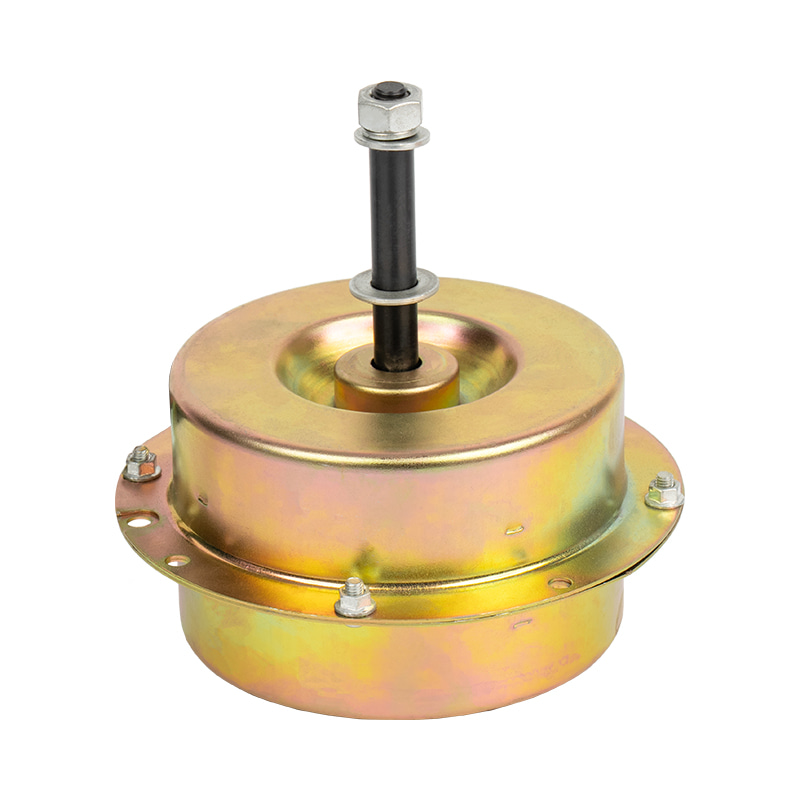
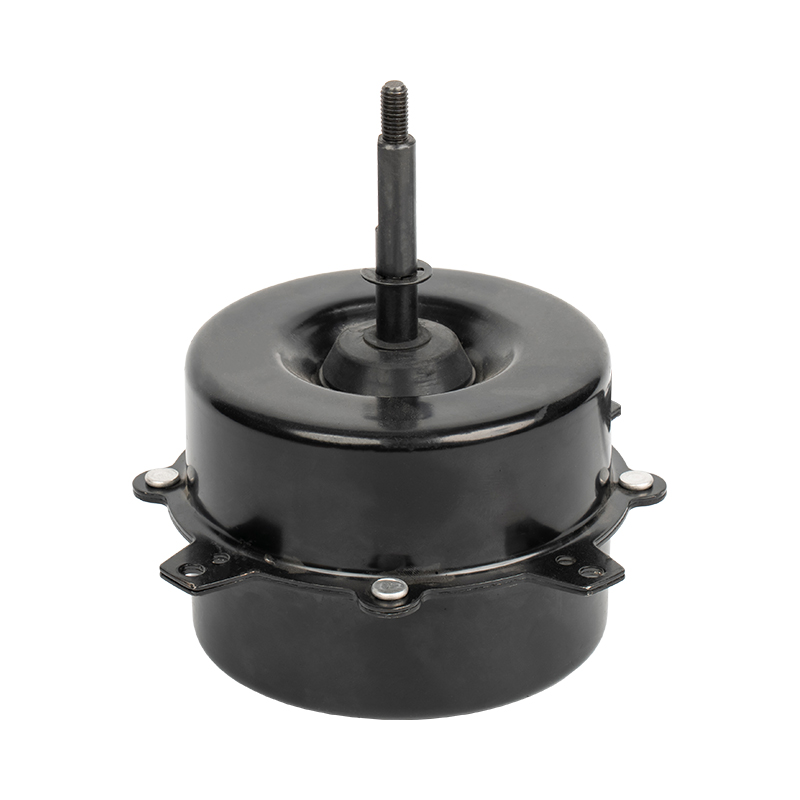
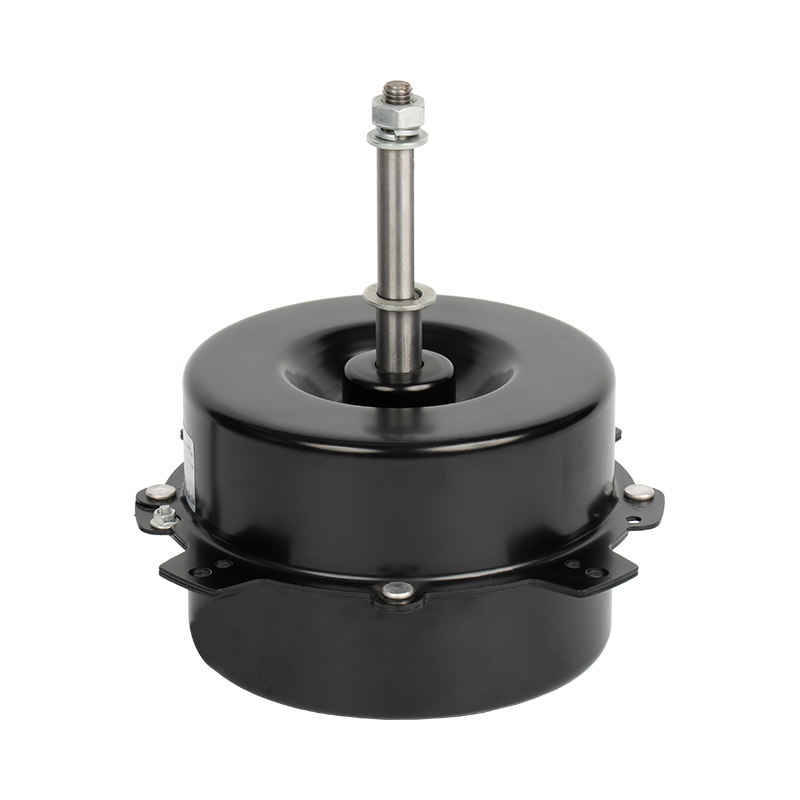
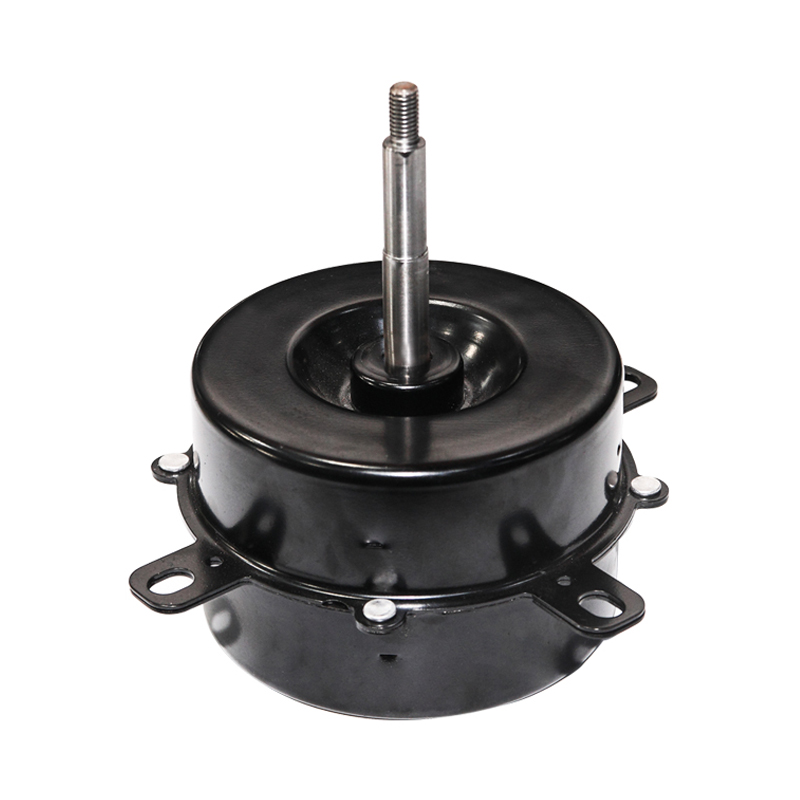
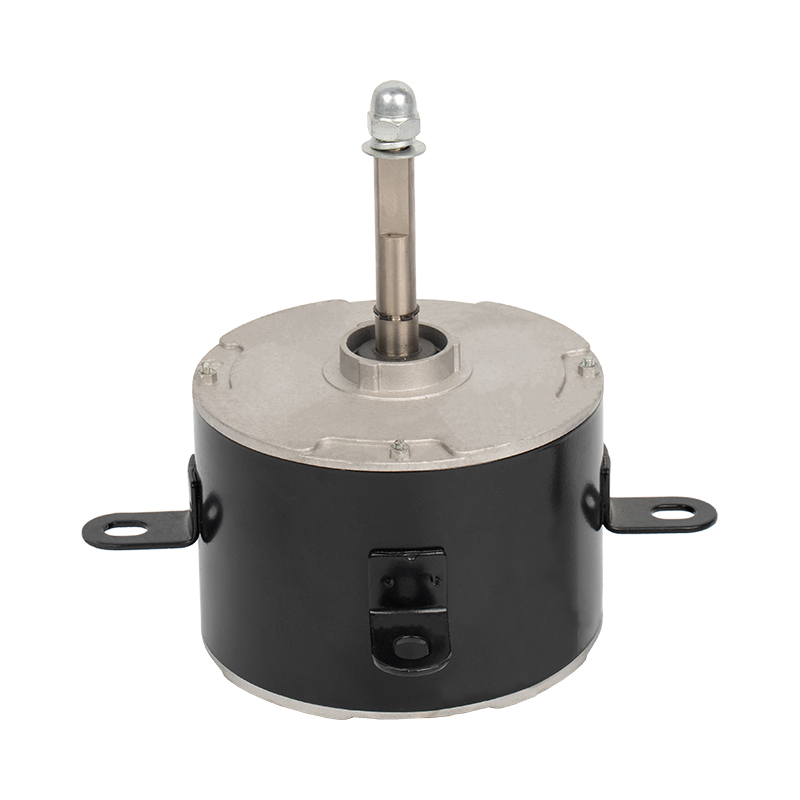
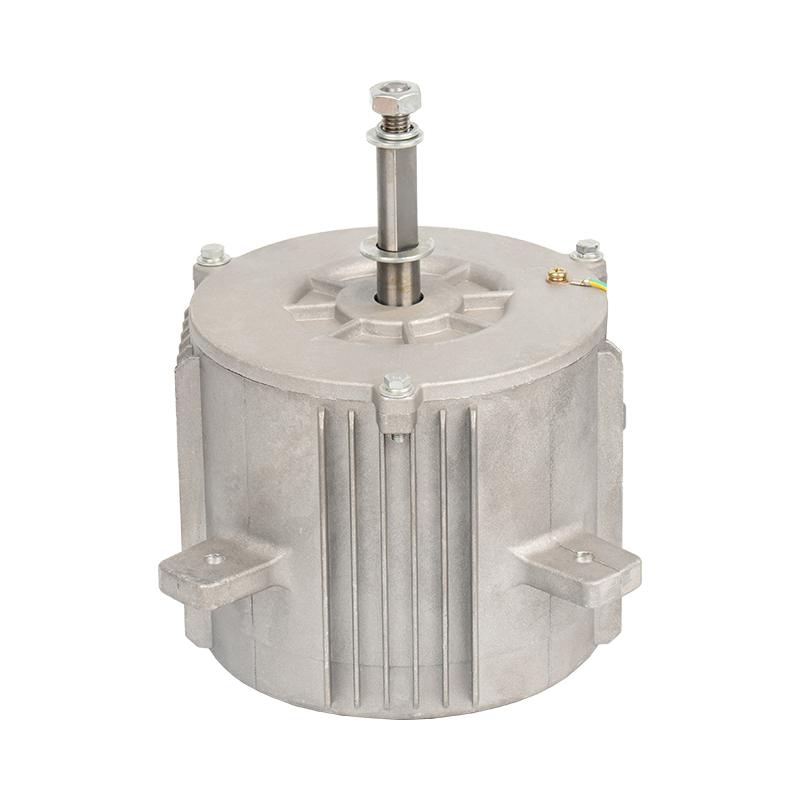


 Home
Home  Tel.: +86-13819807486
Tel.: +86-13819807486 Whatsapp:+86 13819807486
Whatsapp:+86 13819807486 E-mail:
E-mail: 



